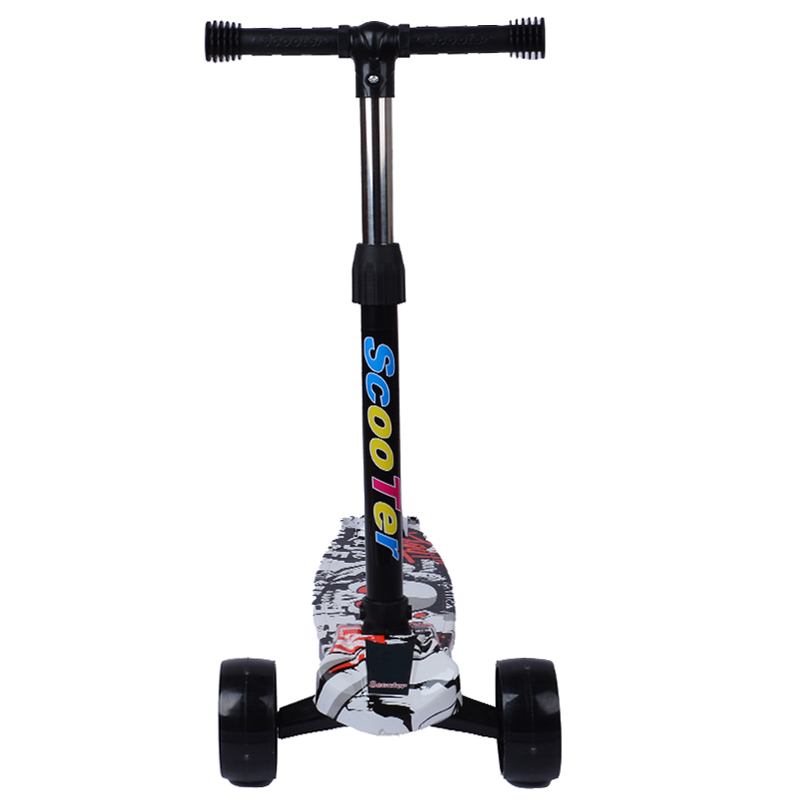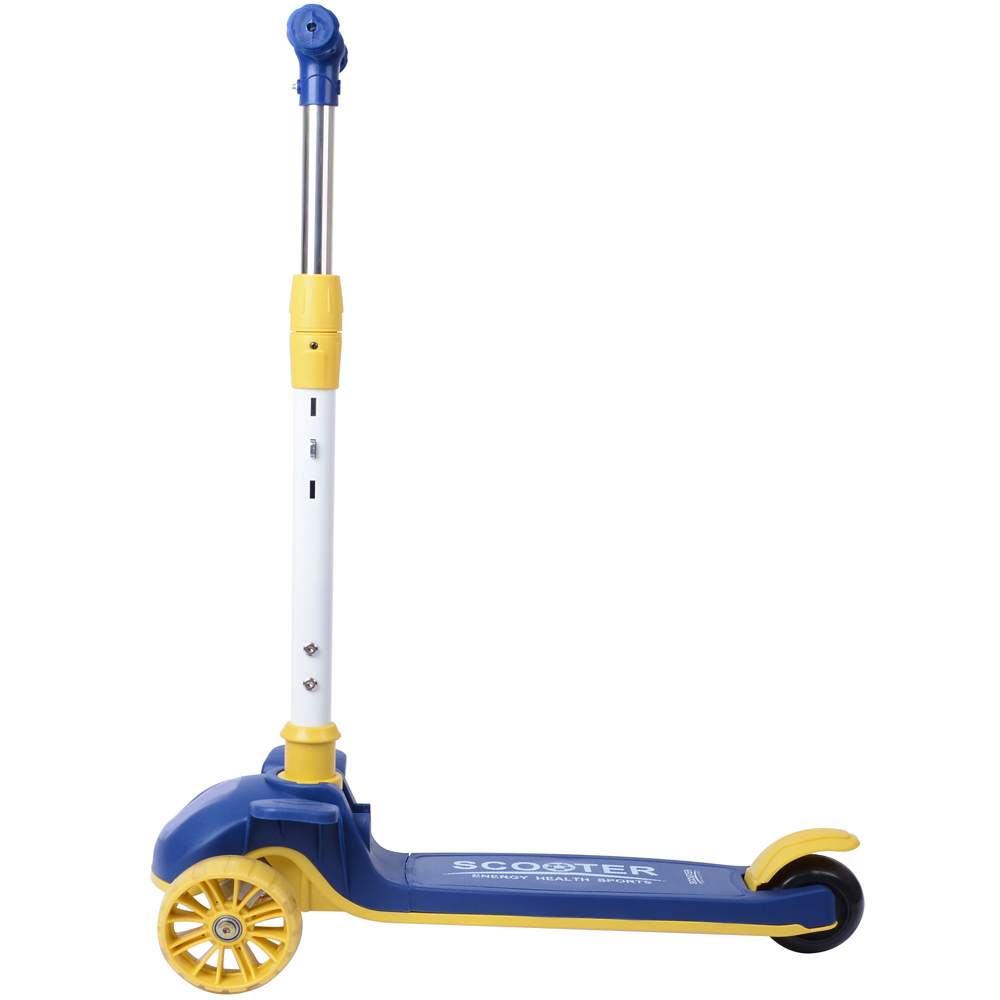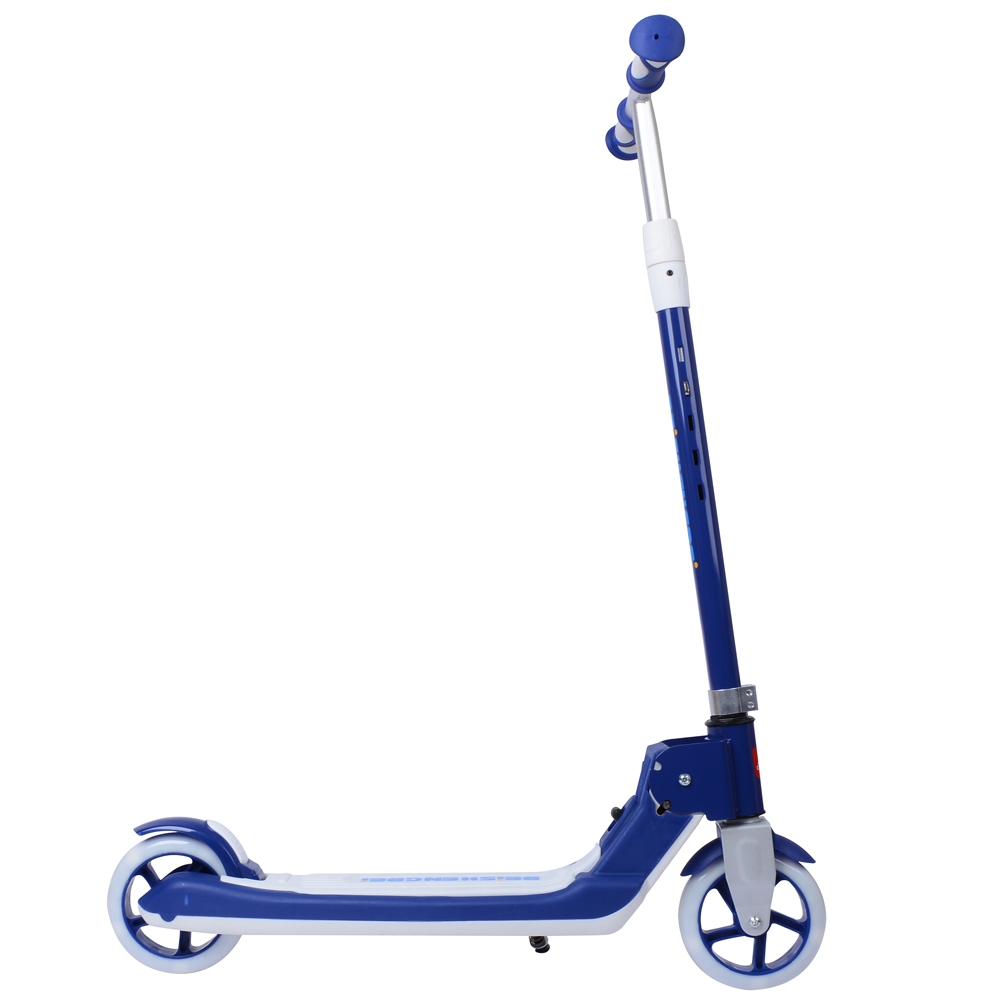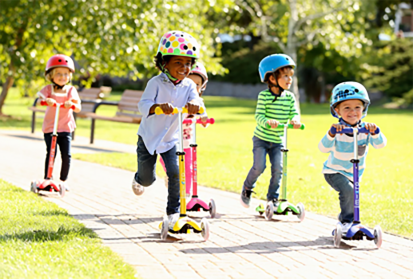Exploring Safe Road Use for 12-Year-Olds on Scooters
In recent years, the popularity of scooters among children has surged, with many young riders eagerly zipping around neighborhoods and parks. However, as more kids take to the roads on scooters, questions about safety and regulations have become increasingly relevant. Particularly for 12-year-olds, understanding the guidelines and responsibilities associated with riding scooters in public spaces is essential for ensuring a safe and enjoyable experience.
Scooters are a convenient and fun mode of transportation for children, offering a sense of freedom and independence. They can be seen gliding down sidewalks, maneuvering through parks, and even on designated bike paths. However, unlike bicycles, scooters have different handling characteristics, and their lower visibility can pose risks in traffic situations. Therefore, it is crucial for both parents and children to comprehend the safety measures that should be followed.
Understanding Local Regulations
First and foremost, it is important for families to familiarize themselves with local laws and regulations surrounding scooter use. In many places, the age at which a child can legally ride on the road varies, with some jurisdictions allowing 12-year-olds to ride only under certain conditions. Generally, children are encouraged to use sidewalks where available and only ride on the road if necessary. Parents should check local ordinances to understand the rules that apply to their area.
Safety Gear is Essential
Safety should always be a priority for young riders. Children should wear appropriate safety gear, including a helmet, knee and elbow pads, and closed-toe shoes. Helmets significantly reduce the risk of head injury in case of accidents, and protective pads can help prevent scrapes and bruises. Encouraging kids to wear this gear instills a sense of responsibility and awareness about their safety while riding.
Teaching Road Awareness
lehuo kids 12 years old allowed on the roads with scooter

For 12-year-olds, riding on the road requires an understanding of basic traffic rules. Parents should take the time to educate their children on how to navigate intersections, understand traffic signals, and recognize the importance of making eye contact with drivers. Teaching kids to be aware of their surroundings can greatly reduce the chances of accidents. Practicing riding together in low-traffic areas can help reinforce these rules and build a child’s confidence in their riding skills.
Establishing Boundaries
Setting boundaries is also crucial when allowing kids to ride scooters on the road. Parents should establish clear guidelines regarding where and when their children can ride. For instance, limiting riding to specific times of the day or certain routes can help minimize risks. Additionally, ensuring that children know not to ride alone and instead go with friends or siblings can enhance safety as they look out for each other.
Encouraging Responsible Riding
In addition to safety gear and road awareness, teaching kids about responsible riding practices is essential. This includes guidelines such as not performing tricks or stunts on scooters, keeping a safe distance from pedestrians, and being mindful of road hazards. Instilling a sense of respect for others while riding will help foster a more positive environment on the roads.
Conclusion
As the trend of scooter riding among children continues to grow, it is crucial to prioritize safety for young riders, particularly for 12-year-olds who may be ready for more independence. By understanding local regulations, wearing safety gear, learning road awareness, establishing boundaries, and encouraging responsible riding practices, parents can help their children enjoy this fun activity safely. Ultimately, fostering a culture of safety and responsibility will ensure that kids can embrace their love for scooters while navigating the roads with confidence and care.
-

 Scoot&RideKids Child Kick Push Scooter 3 Wheels with LED Flashing Tilt Lean Boys Girls Scooter
Scoot&RideKids Child Kick Push Scooter 3 Wheels with LED Flashing Tilt Lean Boys Girls Scooter




- 4
$33.17 -

 Scoot&RideKids Scooter Child Kick Flashing LED Light Up 3 Wheel Push Adjustable Folding 3
Scoot&RideKids Scooter Child Kick Flashing LED Light Up 3 Wheel Push Adjustable Folding 3- 0
$25.52 -

 Scoot&RideKids Scooter Child Kick Flashing LED Light Up 3 Wheel Push Adjustable Folding 2
Scoot&RideKids Scooter Child Kick Flashing LED Light Up 3 Wheel Push Adjustable Folding 2- 0
$33.17 -

 Scoot&RideKids Scooter Teens Foldable Kick Push Scooter Adjustable Height Safe 2 Wheels
Scoot&RideKids Scooter Teens Foldable Kick Push Scooter Adjustable Height Safe 2 Wheels




- 4
$49.99
Meet our partners and discover what powers their creativity!
When you register for a Lohas scooter, you will receive a 10% discount on your first order and can be notified of sales, new product launches and other offers in advance.









